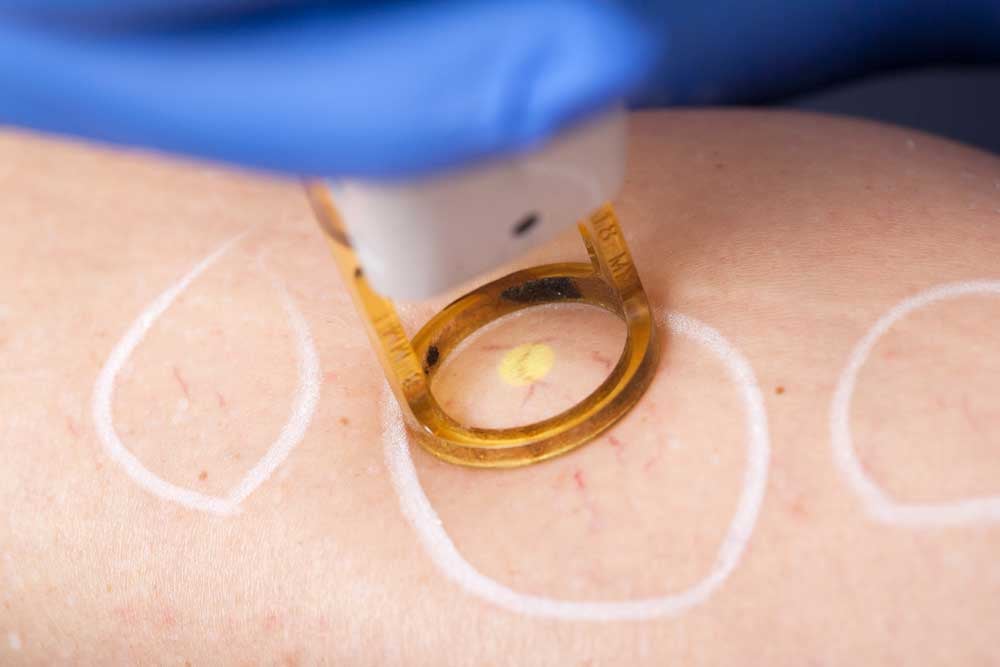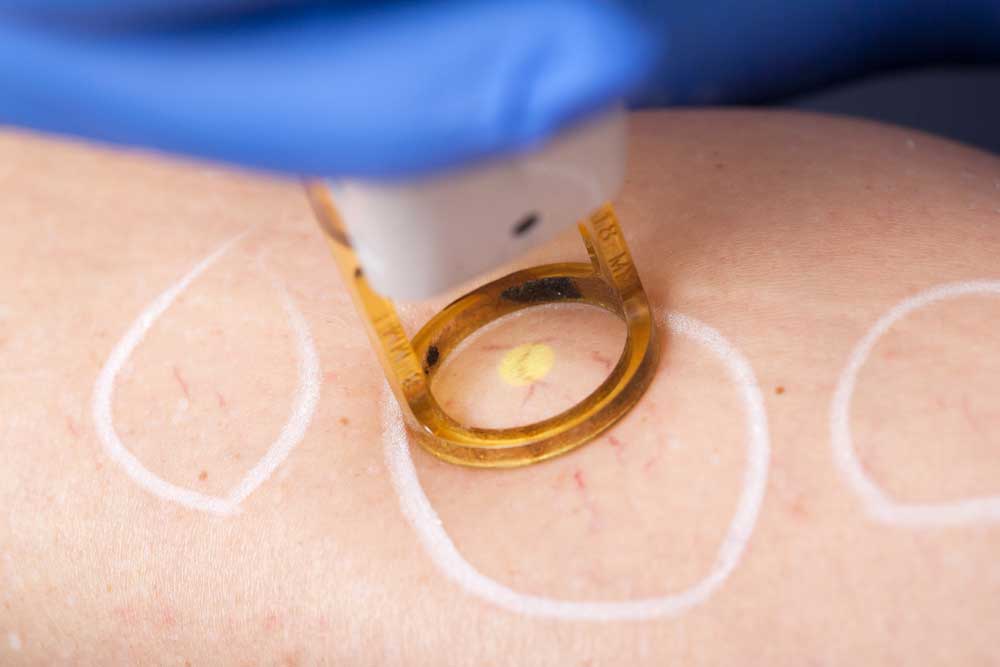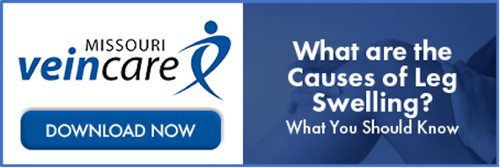How Are Lasers Used in Treating a Vein Condition?

Varicose veins are a common condition that affects many individuals, causing discomfort, pain, and even embarrassment. Fortunately, there are several treatment options available, including the use of lasers. Fortunately, there are ways to treat varicose veins and improve the appearance and discomfort associated with them. One of these treatments involves the use of lasers.
A laser is a device that emits a concentrated beam of a specific type of light. The term "laser" is an acronym for "Light Amplification by Stimulated Emission of Radiation." Laser light is unique in that it allows for precise and controlled delivery of energy to specific targets.
A laser is a remarkable technological advancement that has become increasingly common in medical treatment over the past few decades, with a wide range of applications across various specialties. One of the most significant benefits of laser technology is its precision, which allows for highly targeted treatment with minimal damage to surrounding tissue.
Lasers Have Revolutionized the Field of Medicine
The use of lasers in medicine has revolutionized the medical field in numerous ways. It is especially useful in delicate procedures, such as those involving the eyes, ears, or brain, where the accuracy and safety of the treatment are critical.
In addition to precision, lasers have also made medical treatment easier to experience for the patient. They have been shown to reduce bleeding, pain, and scarring in many procedures, making them an attractive alternative to traditional surgery. Laser therapy can often be performed on an outpatient basis, with little to no downtime required, allowing patients to return to their normal activities quickly. Laser technology has enabled new treatment options for a wide range of conditions, including skin disorders, vascular lesions, eye diseases, dental problems, and cancer. In some cases, laser therapy may be the only effective treatment option available.
Another significant benefit of laser technology is its versatility. Many different types of lasers are available, each with its own set of wavelengths and properties that can be tailored to specific applications. This allows healthcare providers to choose the most appropriate laser for each patient and procedure, maximizing safety and effectiveness.
Use of a Laser in Treating a Vein Condition
Lasers are used to treat vein conditions in two areas: on the surface of the skin for small spider veins on the face, arms, or legs, and inside the affected vein for larger varicose veins.
On the Skin’s Surface for Smaller Visible Veins:
A specific wavelength is selected for surface spider veins that will be absorbed by the hemoglobin, which gives the veins their color. This process heats up and damages the inside of the vein, causing it to close down. Though effective, the procedure can cause discomfort and skin zapping, similar to the sensation experienced during tattoo removal. It is worth noting that the treatment may need to be repeated and the most suitable approach varies depending on the size, location, and severity of the affected vein.
Laser therapy may be used in combination with other treatments, such as sclerotherapy, to achieve optimal results. Sclerotherapy involves the injection of a solution directly into the affected vein, causing it to collapse and fade away over time.
Under the Skin in Larger Veins:
The most common treatment for larger varicose veins is endovenous laser ablation, a minimally invasive procedure that involves the use of laser energy to seal off the affected vein from the inside. This procedure involves inserting a thin laser fiber into the affected vein and activating it to seal off the vein from the inside. Laser therapy may be used in combination with other treatments, such as sclerotherapy, which involves injecting a solution directly into the affected vein to collapse it. However, the most appropriate treatment for varicose veins depends on several factors, including the size and location of the affected vein and the severity of symptoms.
Laser technology has revolutionized the treatment of vein conditions, providing a minimally invasive and easily tolerated alternative to older, outdated, and more invasive techniques. By using a specific wavelength of light, lasers can target and close off affected veins, improving both the appearance and symptoms associated with varicose and spider veins. While the procedure may cause some discomfort and require repeat treatments, it is a safe and effective option for those seeking relief from the discomfort and embarrassment of vein conditions.




